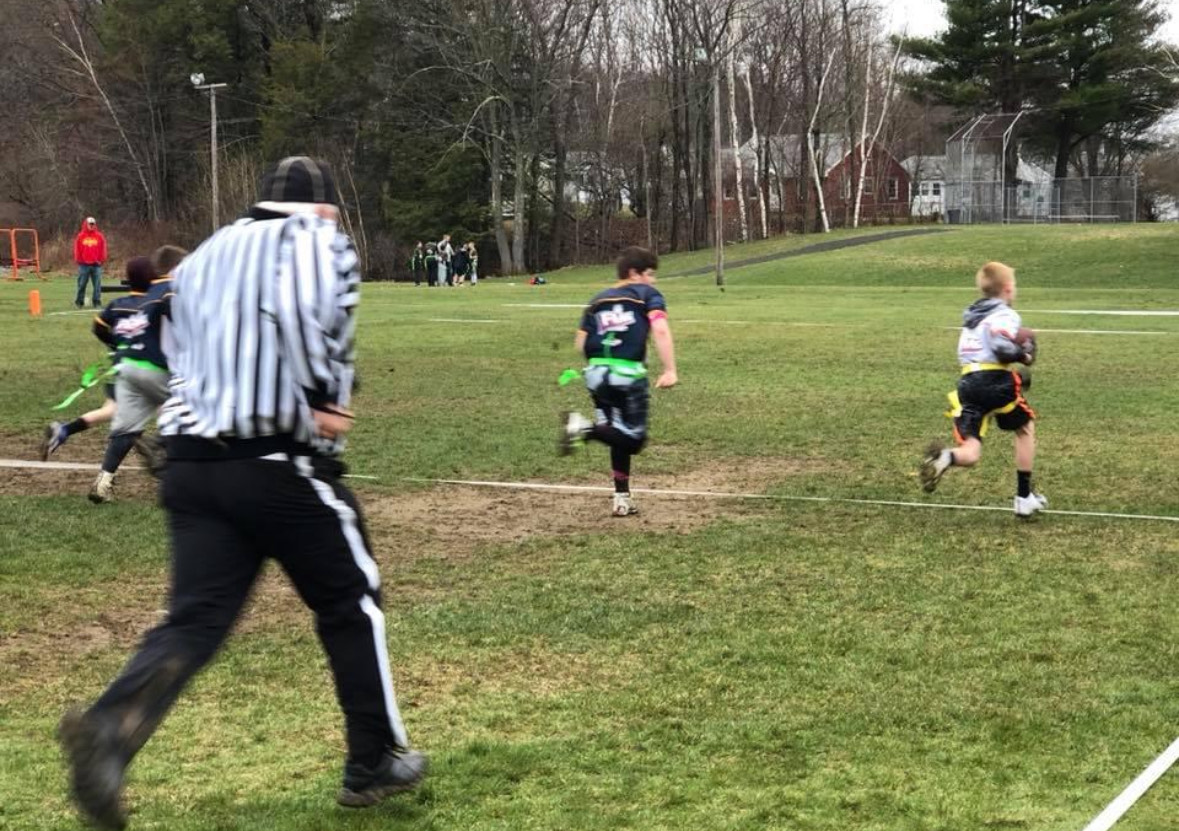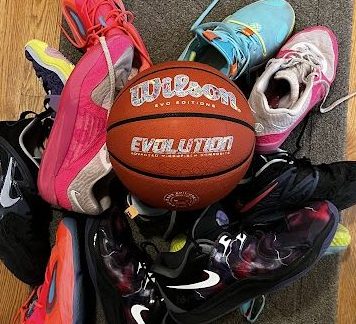Many people remember their very first practice and game. Millions of Americans spend their developmental years playing a sport. For decades, the trends of young athlete participation have evolved, but recent studies have raised the daunting question: Are youth sports declining?
Surprising statistics would lead to yes. The National Council of Youth Sports shows that 70% of children in the United States quit sports by age 13. However, this hasn’t always been the case. Changes in the 1940s and 50s created a significant interest in participation for young athletes. The growth of Little League Baseball and other nationally recognized organizations marked new opportunities never seen before. Similarly, the introduction of the Education Amendment Act in 1972, specifically Title IX, gave all people access to sports, regardless of their gender. In the early 1970s, only 7% of athletes were women, following this act, the number increased to 41%.
Later, in the 1980s and 90s, interest in the commercialization of sports expanded, and with that came a greater need for extra coaching, camps, travel teams, and better equipment, all with the hopes of being the best on the team. While sports are still highly regarded as a foundation for child development, the 2000s have seen less growth than in years past. Why is this the case?
The root causes of this decline can not be simplified to one. Regardless, many can agree that competition for children in sports has reached unprecedented levels. In decades past, youth sports were recognized as a universal experience for children to get active and learn in a team environment. Oakmont’s athletic director Mr. Eric Dawley says, “Youth sports should be about having fun, meeting new friends, exercising, and learning how to be a part of a team. Those aspects set a foundation for so much as you get older.”
Recently, these simplicities have changed. Now, when spectating on the sidelines of a child’s game, you will hear the audience encouraging athletes to get aggressive, arguing with referees, and celebrating another child’s injury. Experiences like these are far too common for young athletes. The expectations from parents and coaches can ruin the fundamental enjoyment of a sport for impressionable athletes.
Sports-related stress comes in many forms. Most commonly, it is the pressure applied to athletes to be constantly improving. Junior Mikaela Groncki is no stranger to athletic pressure. From her skills on the Sitka Skippers competitive jump roping team to her 3-year-long Oakmont varsity soccer career, Groncki has put all effort into her performance. Instead of experiencing pressure from parents or coaches, she recounts the most amount of stress was self-inflicted. Her story is like many, after years of dedication to one sport, she felt like she stopped improving. Breaking out of that thought process is what contributes to her continuous success. However, this is not achievable for everyone.
As children progress through elementary and middle school level sports, their competitiveness only increases. With the rising popularity of club sports and one-on-one coaching, it’s easy for those without similar resources to fall behind. The additional financial components necessary to succeed in sports today lead many to drop below their peers.
Many children of lower-income households rely on their athletic achievements to earn scholarships for college. However, the rising costs of participating in sports are making that harder and harder each year. When calculating the cost to play, most families must include registration fees and equipment. However, remember the cost of lessons, summer camps, club teams, and travel when adding the aspects to improve an athlete’s performance. The average cost of playing on a travel baseball team in Massachusetts nears $5,000. A survey done by ProjectPlay concluded that “Youth ages 6-18 from low-income homes quit sports because of the financial costs at six times the rate of high-income families…”
Even those who started early and have stuck with a sport for most of their lives may end up leaving sports due to a phenomenon called athlete burnout. Athlete burnout, a relatively new discovery, is defined by the Baltic Journal of Health and Physical Activity as “…a long-term result of emotional or physical exhaustion, lower productivity, and depersonalization.” Formed by a build-up of stress, burnout can cause physical and psychological changes in athletes. This is a major reason why many athletes in high school are dropping out of a sport they have dedicated their lives to.
With college in mind, the majority of high school athletes are trying to balance multiple sports, honors or advanced placement classes, clubs, jobs, and volunteer work. Dawley notes, “The rigorous schedules that exist for kids, that cross over season to season, I don’t believe to be healthy. The evolution of year-long options for athletes I believe contributes to burnout as well as injury.” The combination of these factors can lead to increasing mental health issues, sleep disorders, and ultimately, lower participation in sports.
Junior Amelia Garlock accredits burnout as one of the major reasons she will no longer continue with soccer next year. Garlock started playing soccer in kindergarten. She enjoyed playing through elementary and middle school, but as she reached high school the pressure from coaching and teammates led to burnout. Her idea is that the beginning of burnout comes from a combination of factors. Many high school athletes are fighting for a spot on a college team, which leads to higher competition. On top of this, balancing a schedule of school, sports, and work takes a toll on students. Athletes across the country are experiencing burnout more now than ever before.
The consequences of these events are causing a decline in one of the most fundamental childhood experiences. The good news is, the effects of this aren’t permanent, as long as they are recognized. When the pressure is high, take a moment to remember that what matters most isn’t winning, but learning from your experience. At the end of the day, whether you’re a parent, fan, athlete, or coach, the people you are surrounded by people who love the same sport you do. Our job is to make sure the love of the sport doesn’t disappear but continues to grow.









